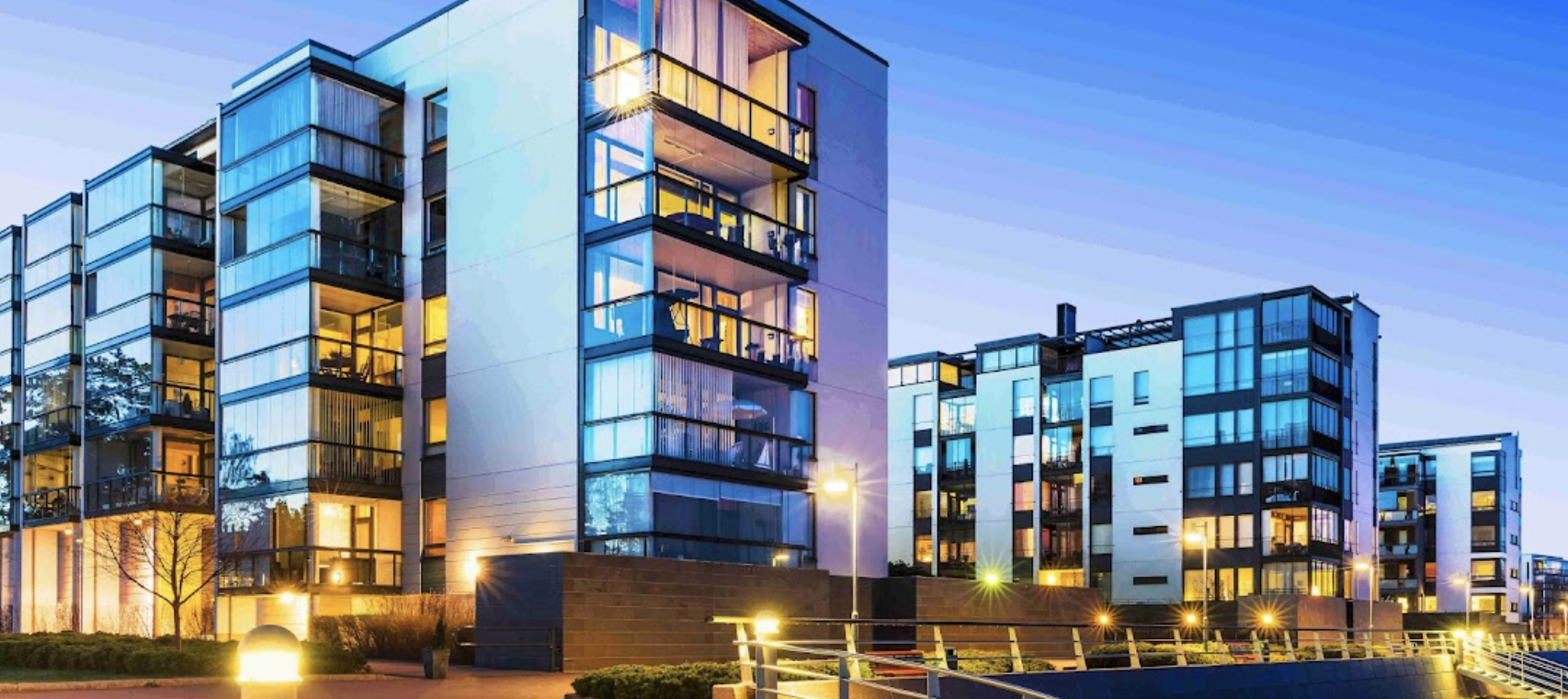hmo finance training
As nobody wants to take another person's mess, common areas tend to 'get left. Sometimes, landlords will need to clean the property or hire cleaners.

HMO landlords often pay the utility bills of the property unless it has been converted into flats with separate title deeds from the land registry.
Mortgages to buy-to-let are often less expensive in terms of fees and rates. There are also more lenders offering them. Because the criteria isn't as stringent, they are easier to get. An HMO will often make additional profit on top of the mortgage.
As nobody wants to take another person's mess, common areas tend to 'get left. Sometimes, landlords will need to clean the property or hire cleaners.


HMOs: Why should you invest? - There are fewer "impactful gaps" between tenants: The gap between tenants for a single occupancy property can be as low as a month. This allows for repairs, redecorating, and viewings without rent coming in. An HMO allows you to reduce your losses by renting from the remaining tenants. You may also be able to deduct more costs than with a standard BTL.
A traditional property to buy and let would normally accommodate one person or a whole family. Renters would pay a single rent payment, either weekly or monthly. The household would also be responsible for paying the utility bills. These are sometimes referred to as "singlelets".

A House in Multiple Occupation (HMO), is a property rented to more than one tenant. They may share facilities, such as a bathroom and kitchen. HMOs allow landlords to rent out a property to more than one household.
HMOs can be restricted to certain areas. HMOs can be targeted at specific tenants such students and single professionals. HMOs are often located in central areas or near major bus routes and amenities. It would be pointless to have an HMO located in a rural area in the middle-of-nowhere.